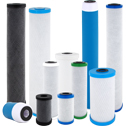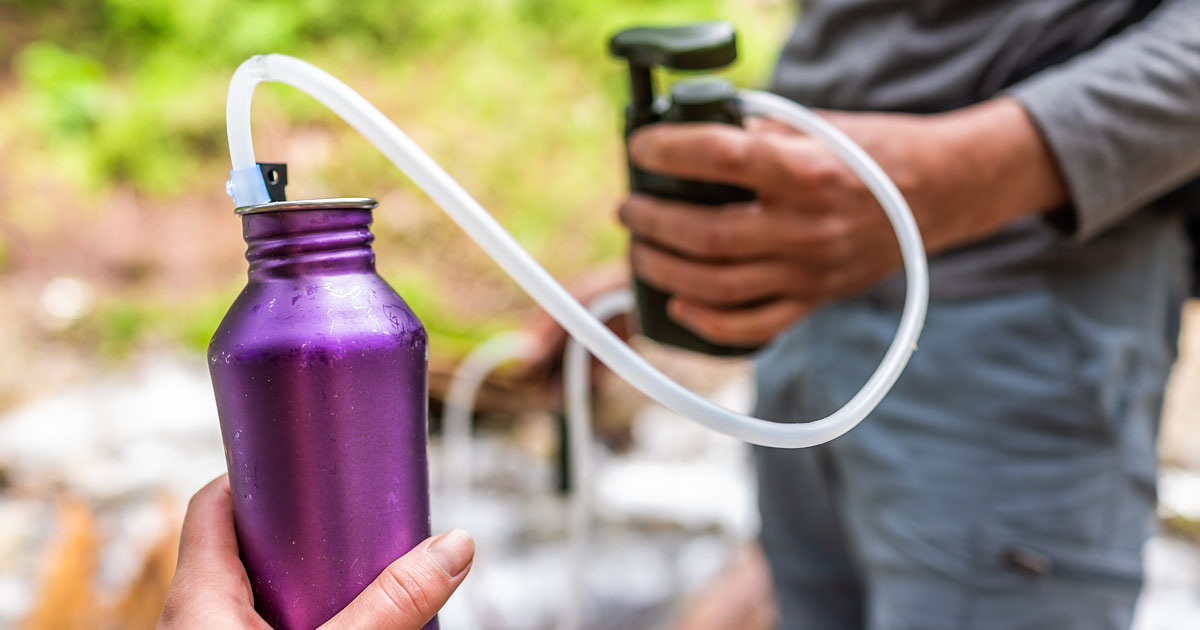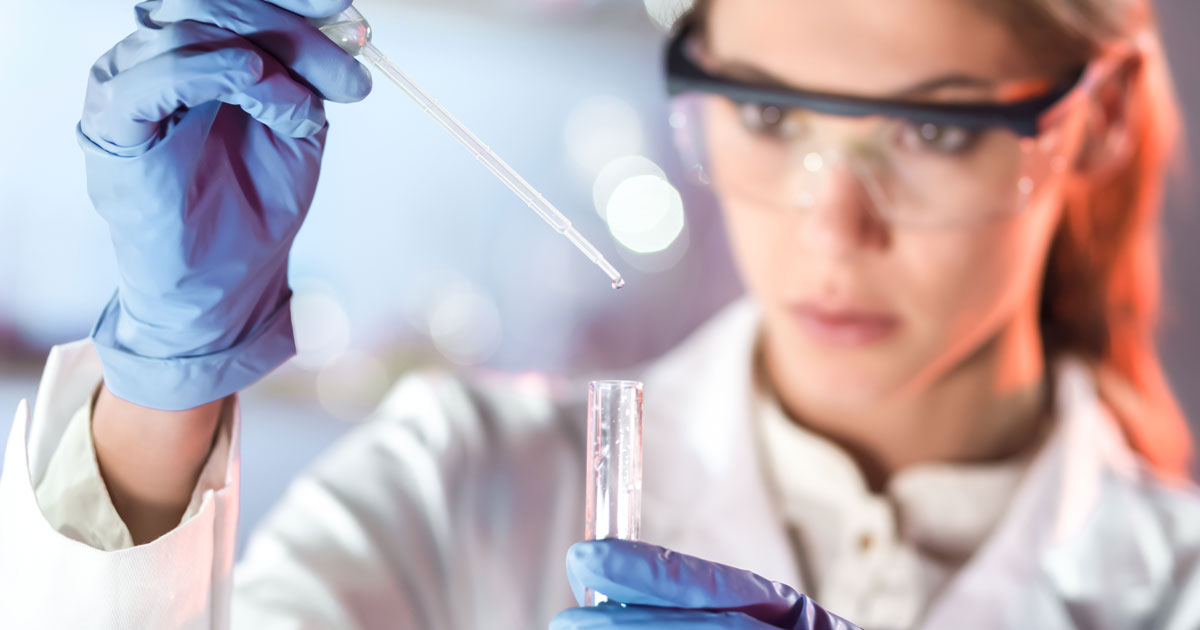Guide to Removing Bacteria, Viruses, and Parasites from Your Water
 Andrew
November 26, 2025
#bacteria
#chlorine
#contaminants
#DHBs
#disinfection
#microorganisms
#parasites
#sterilization
#uv
#viruses
Andrew
November 26, 2025
#bacteria
#chlorine
#contaminants
#DHBs
#disinfection
#microorganisms
#parasites
#sterilization
#uv
#viruses
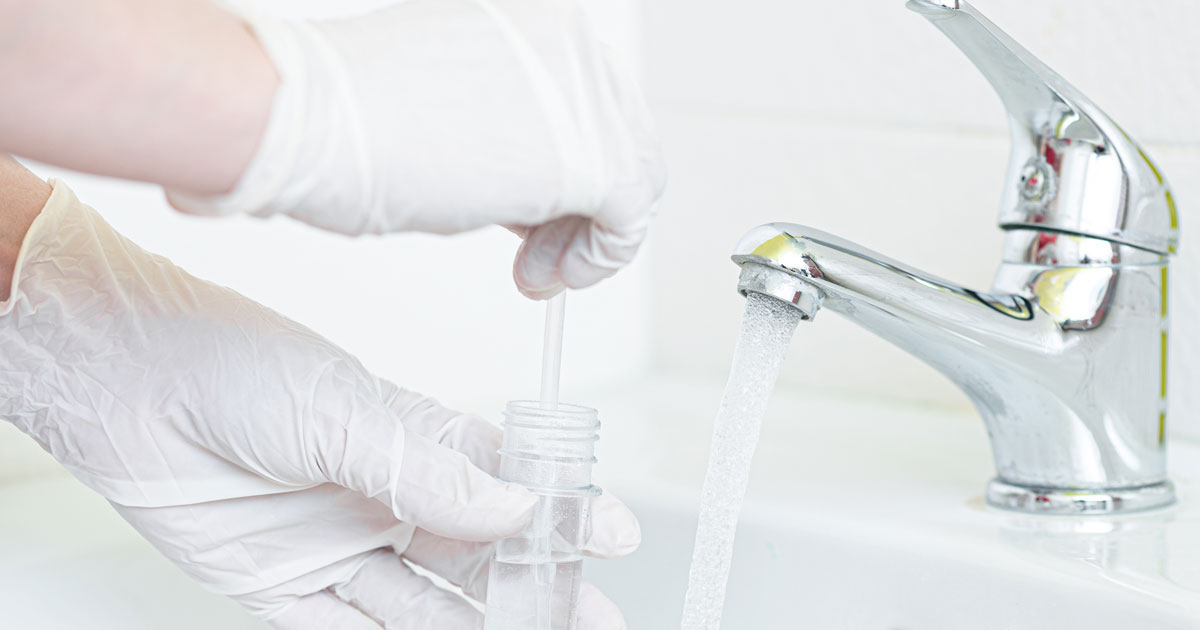
- Decode the difference between coliform bacteria (warning sign), E. coli (immediate threat), and iron bacteria (aesthetic nuisance) so you know exactly what you're dealing with in your water.
- Explain why viruses and parasites require different treatment strategies than bacteria, and which home filtration technologies actually work against these microscopic threats.
- Walk you through multi-barrier protection systems that combine RO, UV, and ultrafiltration to eliminate microbiological contaminants without relying on chemical disinfection.
- Show you how to protect yourself from well water contamination, aging municipal infrastructure issues, and even backcountry water sources using the right filtration technologies.
Microbiological contaminants include three distinct categories of organisms that threaten water safety: bacteria, viruses, and parasites. Each requires different treatment approaches because of their size, structure, and resistance to various disinfection methods.
Let's Talk Bacteria: Not All Are Created Equal
Bacteria in water often causes confusion because the term encompasses both harmless and dangerous organisms. Coliform bacteria in water serves as an indicator species. Their presence suggests that disease-causing organisms might also exist. While most coliform bacteria won't make you sick, they signal that your water system has a pathway for contamination. E. coli bacteria in water represents a more serious threat, indicating recent fecal contamination and the likely presence of disease-causing organisms. This bacteria can cause severe gastrointestinal illness, particularly in children, the elderly, and immunocompromised individuals. E. coli is periodically in the news alongside Salmonella or Listeria for their role in outbreaks of foodborne illness.
Iron bacteria in water presents a different challenge entirely. These organisms don't cause disease but create orange or brown slime in pipes, toilets, and fixtures while producing unpleasant tastes and odors. They feed on iron and manganese in your water, creating biofilms that can harbor other, more dangerous bacteria. While not a health threat themselves, iron bacteria indicate conditions that could support harmful organisms and definitely impact your water's aesthetic quality. (And iron and manganese can stain your fixtures and laundry!)
In other bacteria news, sulfur-reducing bacteria in well water can lead to a dark slime in standing water such as toilet bowls and produce a distinctive "rotten egg" odor from hydrogen sulfide gas. We won't bury the lede on this one and just advise a whole-house catalytic carbon filter.
Viruses: The Smallest Threat
Waterborne viruses measure just 0.01 to 0.1 microns. Their size is far smaller than bacteria and difficult to remove through standard filtration alone. Common waterborne viruses include hepatitis A, norovirus, and rotavirus, all capable of causing severe illness even in tiny doses. Their small size and environmental persistence make viruses particularly challenging for home treatment systems.
Parasites: The Resistant Invaders
Parasites like Cryptosporidium and Giardia form protective cysts that resist standard chlorination. These organisms cause severe gastrointestinal illness and can survive in properly chlorinated water that would kill most bacteria and viruses. Cryptosporidium gained notoriety after a 1993 Milwaukee outbreak that sickened over 400,000 people despite the water meeting federal standards.
Sources of Contamination
Microbiological contaminants enter water supplies through multiple pathways. Surface water faces contamination from agricultural runoff carrying animal waste, failing septic systems, and wildlife. Groundwater, while naturally filtered through soil and rock, can become contaminated through cracked well casings, improper well construction, or surface water infiltration during flooding. Even treated municipal water can harbor bacteria in premise plumbing, especially in dead-end pipes, water heaters set below 120°F, or faucet aerators that provide ideal growing conditions.

Municipal water suppliers employ multiple barriers to protect against microbiological contaminants, with chlorination serving as the primary defense since its introduction in the United States to Jersey City in 1908. This chemical disinfection revolutionized public health, virtually eliminating waterborne diseases that had plagued communities for centuries.
However, even treated municipal water can face contamination. Aging infrastructure allows infiltration during main breaks, heavy rainfall overwhelms treatment plants leading to boil water advisories, and biofilms in distribution pipes harbor bacteria despite adequate chlorine residuals. Well water users face even greater challenges without any centralized treatment. Understanding available treatment methods, from emergency boiling to sophisticated UV systems, helps you choose appropriate protection when municipal barriers fail or when you're responsible for your own water safety.
Chemical Disinfection and Its Byproducts
Chlorine and chloramine effectively kill most bacteria and viruses, and they are the go-to chemical for American water treatment operations. But it's important to understand that their reaction with organic matter creates disinfection byproducts (DBPs) like trihalomethanes and haloacetic acids. These DBPs have been linked to increased cancer risk and other health concerns, creating a trade-off between immediate microbiological safety and long-term chemical exposure. (Learn more about carbon filters.)
Ozone and chlorine dioxide provide alternatives with fewer byproducts but require sophisticated equipment and monitoring. Many European cities use ozone as their primary disinfectant, though it must be followed by a residual disinfectant like chlorine for distribution system protection.
How UV Sterilization Works
UV light water treatment represents one of the most effective methods for destroying microorganisms without chemicals. UV water treatment systems expose water to powerful ultraviolet light, which penetrates cell walls and disrupts DNA, preventing reproduction. This process kills 99.99% of bacteria, viruses, and parasites (including chlorine-resistant Cryptosporidium) without adding chemicals or changing water's taste.
However, UV effectiveness depends on water clarity. Turbidity, iron, and manganese can shield microorganisms from UV rays, which is why pre-filtration often accompanies UV systems. The light source also requires annual replacement and consistent electricity, making UV impractical for emergency situations.
Boiling and Distillation
Boiling water for one minute (three minutes above 6,500 feet elevation) kills all bacteria, viruses, and parasites, making it the most reliable emergency treatment method. There are periodically boil water advisories even on city and municipal water supplies. Distillation takes this further by boiling water and collecting the purified steam, removing both microorganisms and most chemical contaminants. However, both methods require significant energy and time, making them impractical for daily whole-house use.
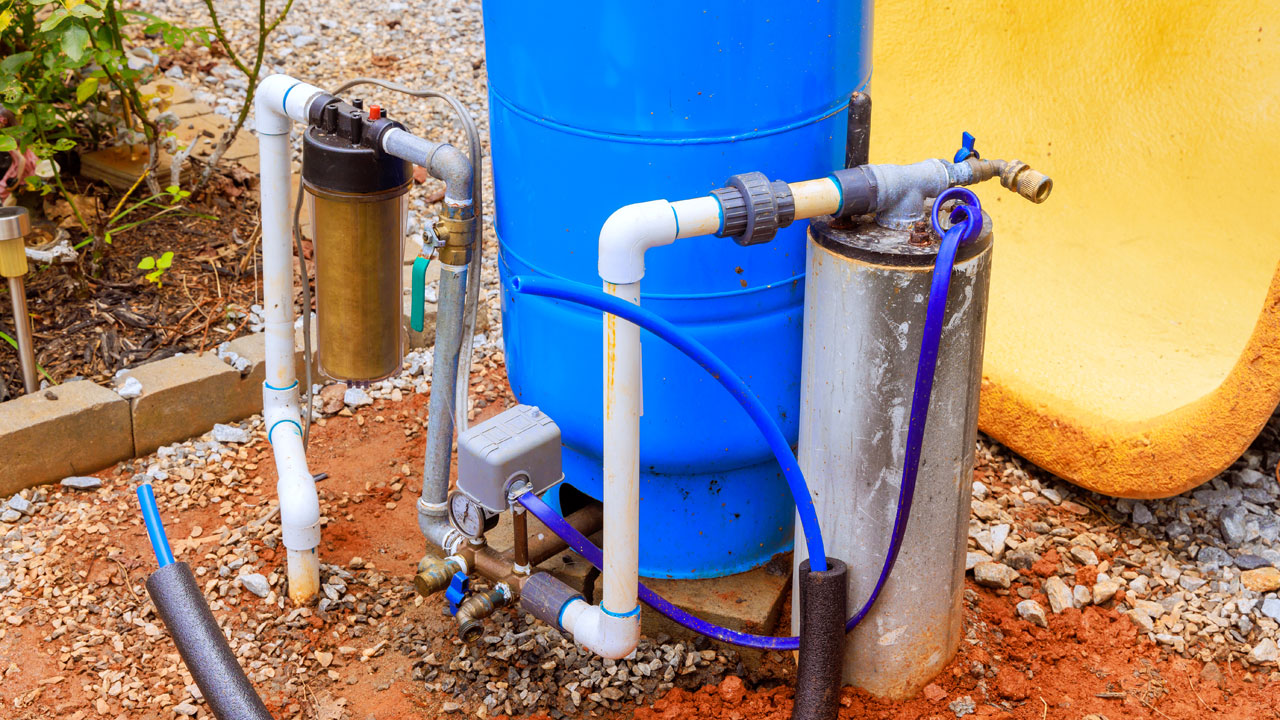
Creating safe water at home requires understanding both your source water's risks and your treatment system's capabilities. The best water filter for bacteria and viruses depends on your specific situation. No single solution addresses every threat.
Multi-Barrier Approach: Your Best Defense
Since no single treatment method removes all contaminants, combining technologies provides the most comprehensive protection. A typical multi-barrier system might include sediment filtration to remove particles, carbon filters to reduce chlorine and DBPs, and UV disinfection to destroy microorganisms. Reverse osmosis systems can remove many contaminants including some bacteria and parasitic cysts, but should never be relied upon as the sole barrier against microbiologically unsafe water since they don't kill organisms—they only physically remove some of them, leading to potential build up in the system and increasing the likelihood of contaminated water fouling the system or bypassing the membrane.
Well Water
Private well owners bear full responsibility for their water's safety. Annual testing for coliform bacteria in well water should be mandatory, with additional testing after flooding, system repairs, or noticeable changes in taste, odor, or appearance. If bacteria is detected, shock chlorination can temporarily address contamination, but recurring positive tests indicate systematic problems requiring professional assessment.
Maintenance: The Overlooked Essential
Your home's plumbing can harbor bacteria even with safe source water. Flush seldom-used taps weekly, running water until it's cold to clear stagnant sections. Drain water heaters annually to remove sediment where bacteria multiply. Clean faucet aerators on a regular schedule; these screens trap particles that feed bacterial growth. Replace them entirely if you notice slime or discoloration that doesn't clean off easily.
How Do I Remove Bacteria from Water?
For proven microbiological contamination, start with the source. Identify and eliminate contamination pathways: repair cracked well casings, ensure proper surface drainage, and maintain septic systems. Then implement appropriate treatment. UV systems provide reliable, chemical-free disinfection when properly sized and maintained. Whole house water filters with appropriate micron ratings might reduce some bacteria and cysts, but also remember that viruses pass through all but the finest membranes.
Home Away from Home: Backcountry and Emergency Treatment
When camping or facing emergency situations, portable treatment options become essential. Portable UV purifiers like SteriPEN provide effective disinfection for clear water and LifeStraw's physical barrier is effective right from the source, though does not kill viruses. Chlorine dioxide tablets kill all microorganisms including Cryptosporidium, though they require four-hour contact time for complete cyst destruction. Portable filters with absolute pore sizes of 1 micron or less remove bacteria and parasites but not viruses. Many backpackers combine filtration with chemical treatment or UV for comprehensive protection. Remember that most RV water filters are designed for aesthetically treated water and aren't suitable for microbiologically unsafe sources—always start with potable water when using these systems.
The Bottom Line
Microbiological water contaminants remain a serious threat despite modern treatment advances. While municipal chlorination has eliminated historical waterborne epidemics, today's challenges include aging infrastructure, emerging pathogens, and the health effects of disinfection byproducts themselves. Understanding these threats and the realistic capabilities of home treatment systems empowers you to make informed decisions about your family's water safety. Whether you're addressing well water contamination, reducing chemical byproducts from municipal treatment, or preparing for emergencies, remember that effective protection often requires multiple treatment barriers and consistent maintenance rather than relying on any single solution.

